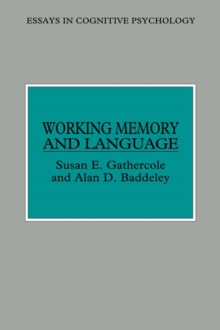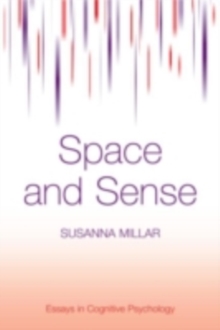
Superportraits : Caricatures and Recognition PDF
by Gillian Rhodes
Part of the Essays in Cognitive Psychology series
Description
As Nixon's unpopularity increased during Watergate, his nose and jowls grew to impossible proportions in published caricatures. Yet the caricatures remained instantly recognizable. Caricatures can even be superportraits, with the paradoxical quality of being more like the face than the face itself.
How can we recognize such distorted images? Do caricatures derive their power from some special property of a face recognition system or from some more general property of recognition systems? What kind of mental representations and recognition processes make caricatures so effective? What can the power of caricatures tell us about recognition?
In seeking to answer these questions, the author assembles clues from a variety of sources: the invention and development of caricatures by artists, the exploitation of extreme signals in animal communication systems, and studies of how humans, other animals and connectionist recognition systems respond to caricatures.
Several conclusions emerge. The power of caricatures is ubiquitous. Caricatures can be superportraits for humans, other animals and computer recognition systems. They are effective for a variety of stimuli, not just faces. They are effective whether objects are mentally represented as deviations from a norm or average member of the class, or as absolute feature values on a set of dimensions. Exaggeration of crucial norm-deviation features, distinctiveness, and resemblance to caricatured memory traces are all potential sources of the power of caricature.
Superportraits will be of interest to students of cognitive psychology, perception, the visual arts and animal behavior.
Information
-
Download - Immediately Available
- Format:PDF
- Pages:184 pages
- Publisher:Taylor and Francis
- Publication Date:28/02/1997
- Category:
- ISBN:9780203304907
Other Formats
- Hardback from £34.05
- Paperback / softback from £19.45
- EPUB from £16.19
- PDF from £16.19
Information
-
Download - Immediately Available
- Format:PDF
- Pages:184 pages
- Publisher:Taylor and Francis
- Publication Date:28/02/1997
- Category:
- ISBN:9780203304907










